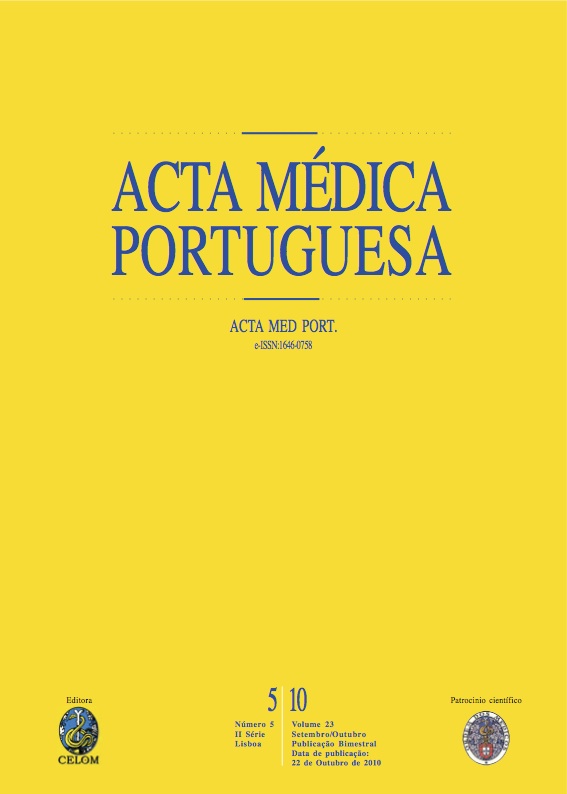Routine iron supplementation in pregnancy.
DOI:
https://doi.org/10.20344/amp.725Abstract
Iron deficiency anemia is the micronutrient deficiency most prevalent in the world primarily affecting young children and pregnant or puerperal women. It is also associated with an increase in perinatal and maternal morbidity and mortality. Increasing iron demands in pregnancy are common knowledge, however the evidence of a clinical effect of routine iron supplementation in uncomplicated pregnancy is controversial.To determine if routine iron supplementation in uncomplicated pregnancy has clinical effects for the mother or newborn.A systematic review was conducted in the electronic databases Medline, Cochrane Library, Medscape, DARE, United States Preventive Services Task Force and National Guideline Clearinghouse using the keywords iron and pregnancy. Articles published until August 2008 were chosen for the review. The Strength of Recommendation Taxonomy (SORT) was used to grade the level of evidence.Routine iron supplementation in uncomplicated pregnancy increases or maintains the levels of blood iron and ferritin and results in a substantial reduction of women with low hemoglobin. However, this supplementation does not have detectable effects in any of the important clinical outcomes (p.e. preterm labor, duration of pregnancy, cesarean rate, birthweight, perinatal mortality or Apgar at birth). Iron supplementation is also responsible for some undesired effects.The evidence seems to show that there are no clinical improvements to recommend routine iron supplementation in all pregnancies. Women who show signs or symptoms of anemia at any time during pregnancy should be evaluated.Downloads
Downloads
How to Cite
Issue
Section
License
All the articles published in the AMP are open access and comply with the requirements of funding agencies or academic institutions. The AMP is governed by the terms of the Creative Commons ‘Attribution – Non-Commercial Use - (CC-BY-NC)’ license, regarding the use by third parties.
It is the author’s responsibility to obtain approval for the reproduction of figures, tables, etc. from other publications.
Upon acceptance of an article for publication, the authors will be asked to complete the ICMJE “Copyright Liability and Copyright Sharing Statement “(http://www.actamedicaportuguesa.com/info/AMP-NormasPublicacao.pdf) and the “Declaration of Potential Conflicts of Interest” (http:// www.icmje.org/conflicts-of-interest). An e-mail will be sent to the corresponding author to acknowledge receipt of the manuscript.
After publication, the authors are authorised to make their articles available in repositories of their institutions of origin, as long as they always mention where they were published and according to the Creative Commons license.









